Intro
Learn about the Glomerular Filtration Rate (GFR) normal range, kidney function, and chronic kidney disease stages, with eGFR calculator and creatinine levels guidance.
The glomerular filtration rate (GFR) is a crucial measure of kidney function, indicating how well the kidneys are filtering waste and excess fluids from the blood. Understanding the normal range of GFR is essential for diagnosing and managing kidney diseases. In this article, we will delve into the importance of GFR, its normal range, and factors that can affect it.
The kidneys play a vital role in maintaining overall health by filtering waste products, excess water, and other impurities from the blood. The glomerular filtration rate is a key indicator of kidney function, measuring the rate at which the kidneys filter blood. A decreased GFR can indicate kidney damage or disease, while a normal GFR suggests healthy kidney function.
GFR is calculated using a formula that takes into account the patient's age, sex, and serum creatinine level. Serum creatinine is a waste product that is normally filtered out by the kidneys. Elevated serum creatinine levels can indicate impaired kidney function. The GFR calculation can also be adjusted for African American patients, as they tend to have higher serum creatinine levels due to muscle mass differences.
Understanding Glomerular Filtration Rate
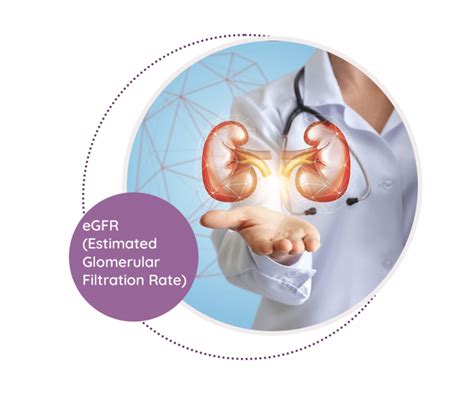
Factors Affecting Glomerular Filtration Rate
Several factors can affect GFR, including age, sex, body size, and underlying medical conditions. For example, older adults tend to have lower GFR values due to natural aging processes. Similarly, individuals with diabetes, hypertension, or kidney disease may experience decreased GFR values.Calculating Glomerular Filtration Rate
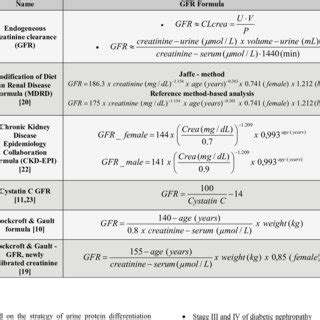
Interpreting Glomerular Filtration Rate Results
Interpreting GFR results requires careful consideration of various factors, including the patient's medical history, physical examination, and laboratory results. A decreased GFR can indicate kidney disease or damage, while a normal GFR suggests healthy kidney function. However, it's essential to note that GFR is only one aspect of kidney function, and other tests, such as urine protein levels and kidney imaging studies, may be necessary to fully evaluate kidney health.Glomerular Filtration Rate and Kidney Disease
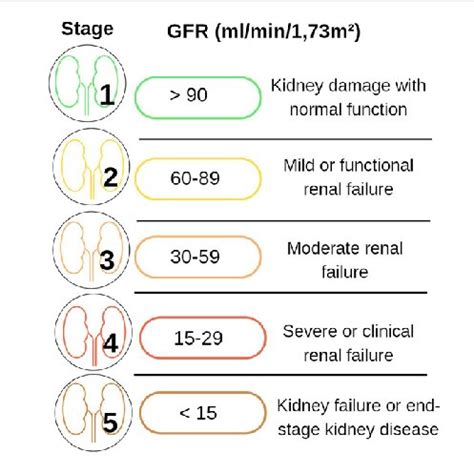
Stages of Chronic Kidney Disease
CKD is typically classified into five stages based on GFR values. Stage 1 CKD is characterized by a normal GFR (90 mL/min/1.73m^2 or higher) with evidence of kidney damage, such as proteinuria. Stage 2 CKD is characterized by a mildly decreased GFR (60-89 mL/min/1.73m^2), while Stage 3 CKD is characterized by a moderately decreased GFR (30-59 mL/min/1.73m^2). Stage 4 CKD is characterized by a severely decreased GFR (15-29 mL/min/1.73m^2), and Stage 5 CKD is characterized by kidney failure (GFR less than 15 mL/min/1.73m^2).Glomerular Filtration Rate and Aging
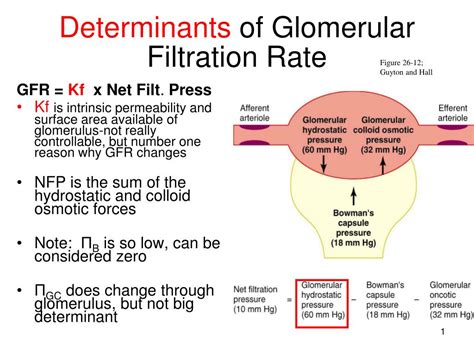
Aging and Kidney Function
Aging can affect kidney function in various ways, including decreased blood flow, increased inflammation, and impaired waste removal. As people age, their kidneys may become less efficient at filtering waste and excess fluids, leading to decreased GFR values. However, it's essential to note that aging is a natural process, and decreased GFR values do not necessarily indicate kidney disease.Glomerular Filtration Rate and Lifestyle Factors
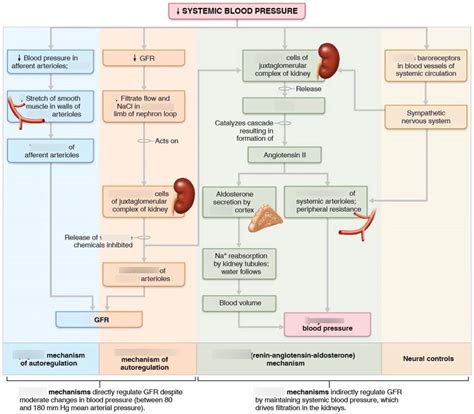
Diet and Kidney Function
A healthy diet is essential for maintaining healthy kidney function. Foods rich in antioxidants, such as fruits and vegetables, can help reduce inflammation and improve blood flow. Additionally, foods low in salt and sugar can help reduce blood pressure and improve kidney function.Glomerular Filtration Rate and Medical Conditions

Diabetes and Kidney Function
Diabetes is a leading cause of kidney disease, accounting for approximately 40% of all cases. High blood sugar levels can damage the kidneys, leading to decreased GFR values and impaired kidney function. However, managing blood sugar levels through diet, exercise, and medication can help maintain healthy kidney function.Glomerular Filtration Rate and Treatment Options

Treatment Options for Kidney Disease
Treatment options for kidney disease include lifestyle modifications, medications, and surgery. Lifestyle modifications, such as diet and exercise, can help maintain healthy kidney function, while medications can help manage underlying medical conditions, such as diabetes and hypertension. In severe cases, surgery or kidney transplantation may be necessary.What is the normal range of glomerular filtration rate?
+The normal range of glomerular filtration rate (GFR) is 90 milliliters per minute per 1.73 square meters (mL/min/1.73m^2) or higher.
What factors can affect glomerular filtration rate?
+Factors that can affect glomerular filtration rate (GFR) include age, sex, body size, and underlying medical conditions, such as diabetes and hypertension.
How is glomerular filtration rate calculated?
+Glomerular filtration rate (GFR) is calculated using a formula that takes into account the patient's age, sex, and serum creatinine level.
What are the stages of chronic kidney disease?
+Chronic kidney disease (CKD) is typically classified into five stages based on GFR values, ranging from Stage 1 (normal GFR with evidence of kidney damage) to Stage 5 (kidney failure).
How can I maintain healthy kidney function?
+Maintaining healthy kidney function can be achieved through lifestyle modifications, such as a healthy diet and regular exercise, as well as managing underlying medical conditions, such as diabetes and hypertension.
In summary, understanding the normal range of glomerular filtration rate (GFR) is essential for diagnosing and managing kidney diseases. GFR is a crucial measure of kidney function, indicating how well the kidneys are filtering waste and excess fluids from the blood. By maintaining a healthy lifestyle, managing underlying medical conditions, and monitoring GFR values, individuals can help maintain healthy kidney function and prevent kidney disease. We invite readers to share their thoughts and experiences on this topic, and we encourage healthcare professionals to continue researching and developing new treatments for kidney disease.
